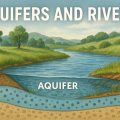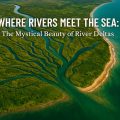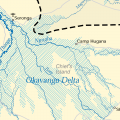Extinct and Reversed Rivers: When Rivers Die or Turn Around
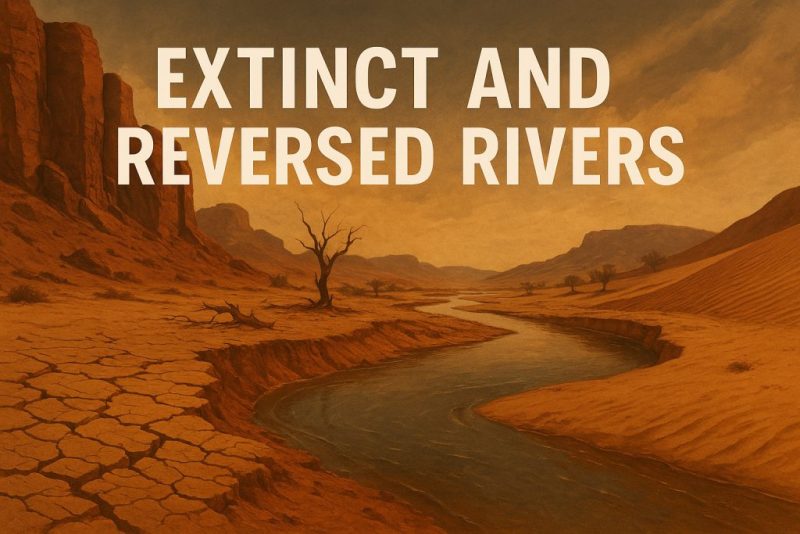
Vanished rivers, reversed flows, and ancient channels—discover the fascinating stories of extinct rivers that once shaped landscapes and civilizations.
Rivers seem eternal. Flowing waters carving valleys, feeding life, shaping civilizations. But not all rivers survive the march of time. Some vanish. Some reverse. Some lie buried like ancient ghosts beneath deserts and cities.
Here are the stories of rivers that once were—and the mysteries they left behind.
1. The Saraswati River – India’s Lost Lifeline
Once one of the great rivers of the Indian subcontinent, the Saraswati is said to have flowed parallel to the Indus, nourishing an entire civilization. Ancient Vedic texts sing her praises.
But today? She’s gone.
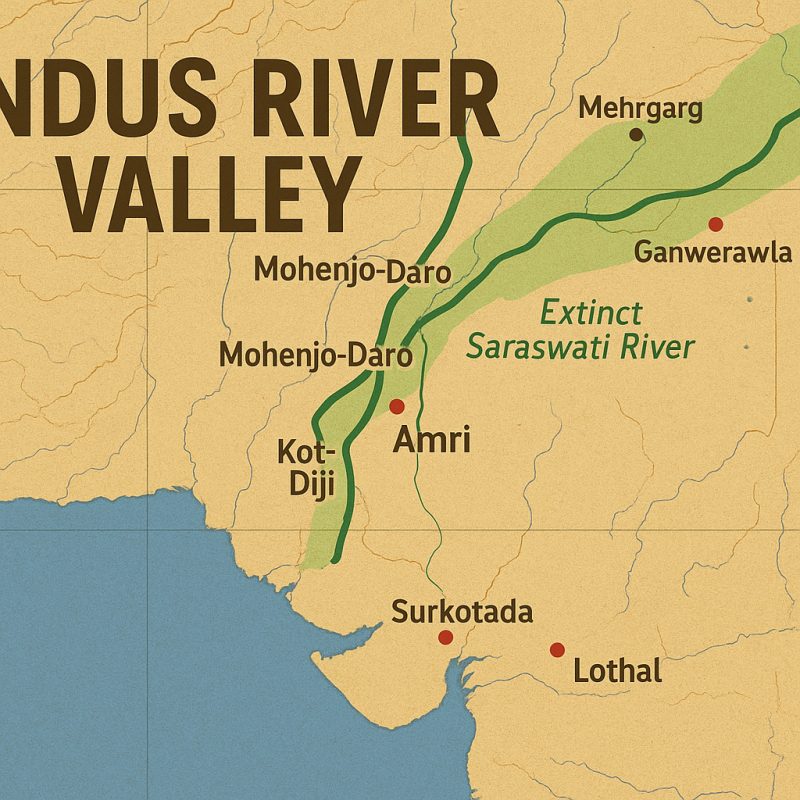
Most scholars believe the Saraswati dried up around 1900 BCE, possibly due to tectonic shifts and the capture of her waters by the Yamuna and Sutlej rivers. Satellite imagery shows a dried riverbed—a ghost line across the Thar Desert.
2. Lake Chad’s Ancient Rivers – Swallowed by Sand
Once, rivers like the Bahr el Ghazal and Bahr Aouk helped feed a vast Megalake Chad that stretched across parts of Niger, Nigeria, Chad, and Cameroon.
Now, they’re mostly seasonal trickles or dry wadis, lost to desertification and climate shifts. Where a vibrant freshwater network once flowed, today lies a sea of dust.
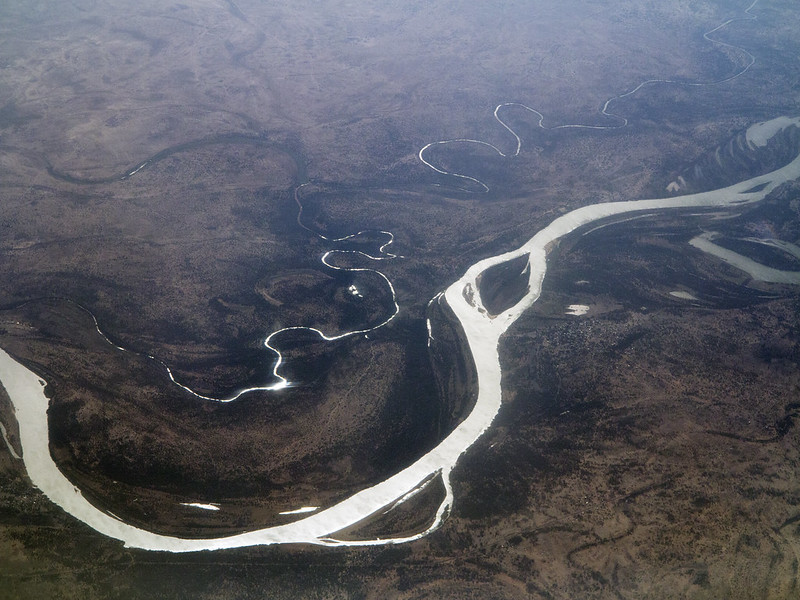
3. The Amazon—Flowed the Other Way
This might be the most mind-blowing fact: The Amazon River once flowed west, into the Pacific.
Before the Andes Mountains rose up (thanks to tectonic forces), water drained westward across South America. But as the mountains uplifted, they formed a barrier. Slowly, rivers backed up, creating vast wetlands—and eventually reversed course, draining east into the Atlantic.
It took millions of years. But it happened.

4. Sahara’s Green Past—Rivers Beneath the Sand
During the African Humid Period (around 10,000–5,000 years ago), the Sahara was alive—with grasslands, animals, and rivers.
One massive river, the Tamanrasset, flowed for over 500 km across what’s now hyper-arid desert, possibly draining into the Atlantic. It’s long gone—buried beneath sand dunes—but its ancient delta still shows up in satellite scans.
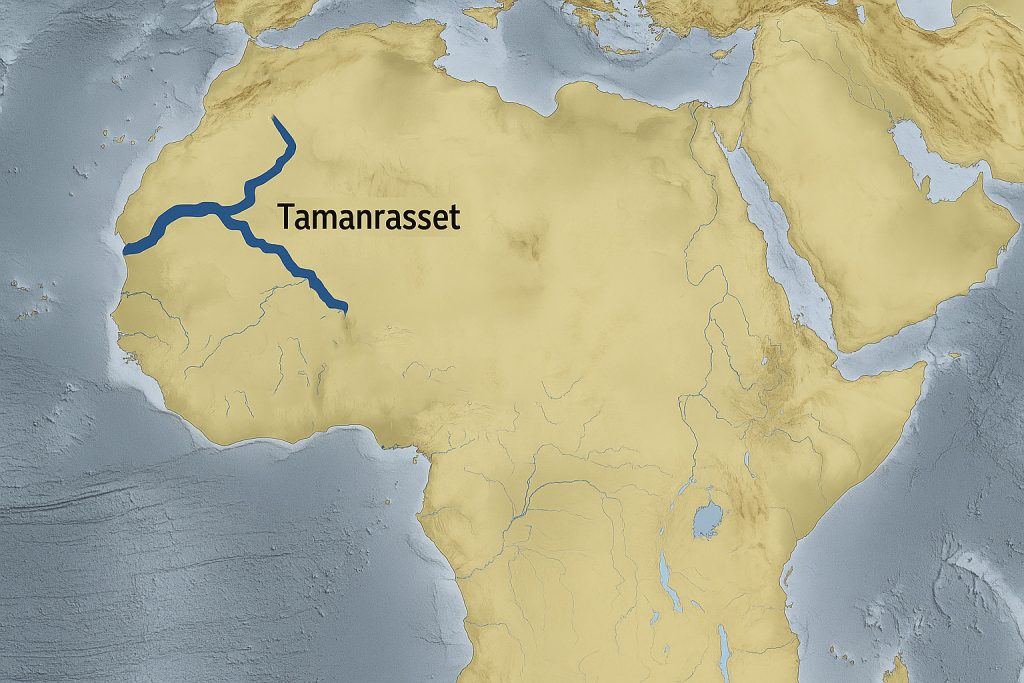
5. Glacial Meltwater Rivers – Gone With the Ice
During the last Ice Age, meltwater rivers thundered across North America and Europe. Rivers like the Nipigon, Minnesota River Valley, and many in the North Sea basin were gigantic—shaping entire continents.
But as glaciers retreated and reshaped the land, many of these rivers dried up or changed course dramatically.
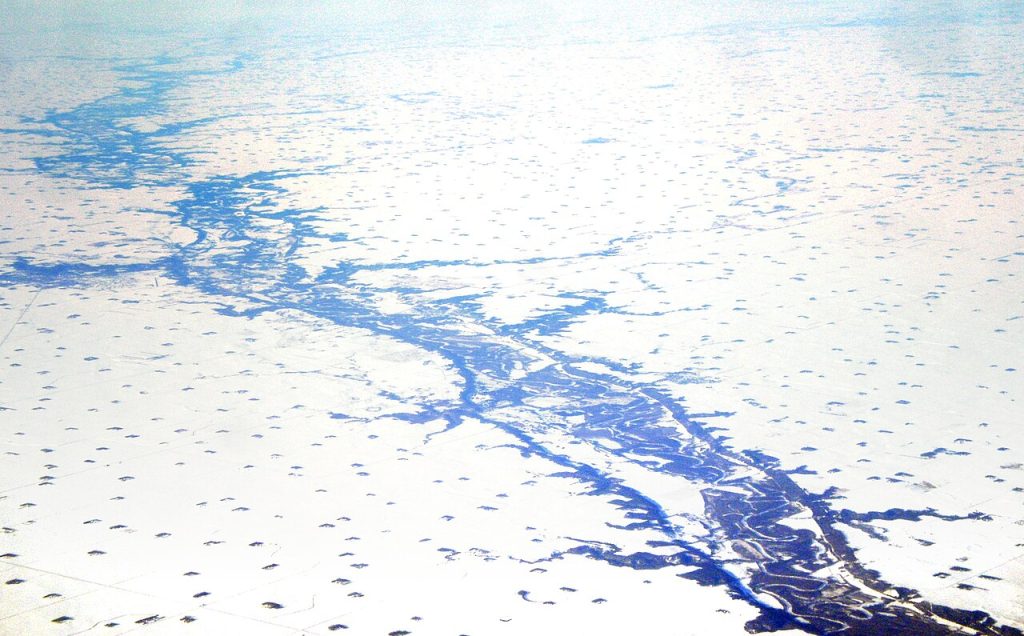
Some valleys now hold only modest streams. Others are completely dry.
🌍 Why It Matters
- These rivers shaped the Earth—but also shaped people. Ancient cities were built on their banks, migrations followed their courses.
- Climate change, tectonic shifts, and human activity still influence river systems today. Studying lost rivers gives us clues about what may happen tomorrow.
- In some cases, aquifers and fossils still hold memories of extinct rivers—quietly flowing underground, or locked in layers of sediment.
